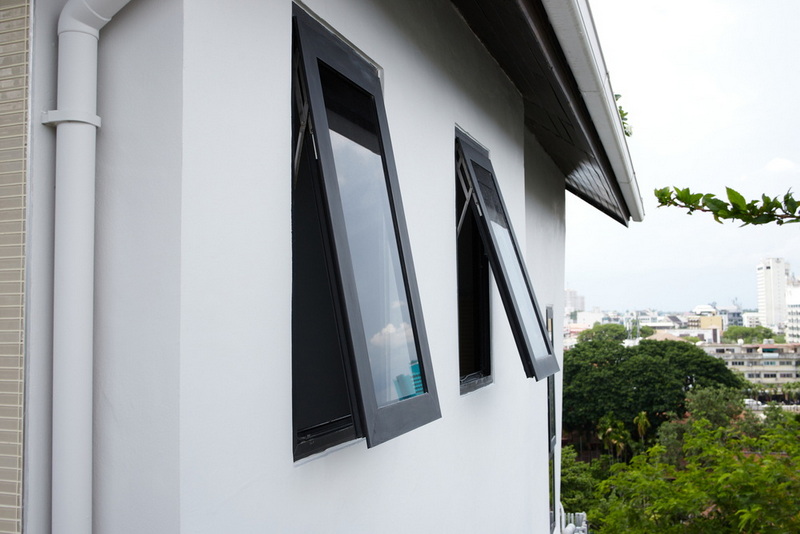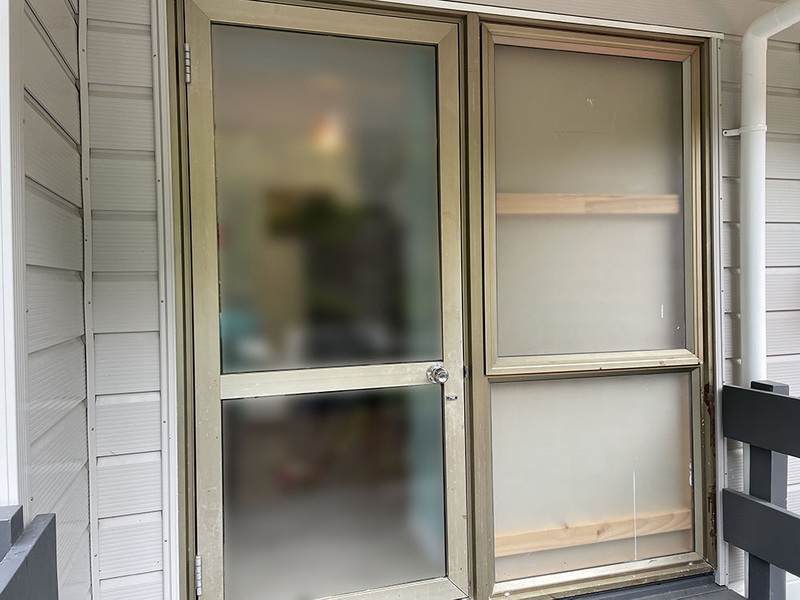English


Views: 222 Author: Dream Publish Time: 2025-01-06 Origin: Site











Content Menu
● Why Accurate Measurements Matter
● Step-by-Step Measuring Guide
● Common Measurement Errors to Avoid
● Finalizing Your Measurements
● Additional Considerations When Measuring Windows
>> 1. Measure from Outside if Possible
>> 3. Take Multiple Measurements
>> 4. Account for Existing Window Parts
>> 5. Deduct Space for Installation
● FAQs
>> 1. What if my measurements are not consistent?
>> 2. Can I measure my windows from inside instead of outside?
>> 3. How do I know if my window opening is square?
>> 4. Should I remove my old window before measuring?
>> 5. What if I'm unsure about measuring?
Replacing old aluminum windows can significantly enhance your home's aesthetics, energy efficiency, and security. However, accurate measurements are crucial to ensure that the new windows fit perfectly. This comprehensive guide will walk you through the step-by-step process of measuring your old aluminum windows for replacement, including tips to avoid common mistakes.

Accurate measurements are essential for several reasons:
- Proper Fit: Ensures that the new windows fit snugly within the existing frames, preventing drafts and energy loss.
- Performance: Maximizes the window's performance and longevity by ensuring it operates smoothly.
- Cost Efficiency: Avoids costly mistakes or re-orders due to incorrect measurements.
- Aesthetic Appeal: Guarantees a clean and professional appearance for your home.
Before you start measuring, gather the following tools:
- A sturdy tape measure (preferably metal)
- A notepad and pen (or a digital note-taking app)
- A level (optional but recommended)
- A helper (optional but can be useful)
To measure the width of your old aluminum window:
- Measure at three different points: top, middle, and bottom of the window opening.
- Record all three measurements.
- Use the smallest measurement to ensure that the new window will fit in the narrowest part of the opening.
Next, measure the height:
- Measure from the top of the head jamb to the bottom of the window sill at three points: left, center, and right.
- Again, record all three measurements.
- Opt for the smallest measurement to ensure a proper vertical fit.
Measuring depth is crucial for fitting:
- Measure from the inside trim to the outside blind stop strip (the molding that separates the window frame's outer trim from the sash).
- Ensure there is a minimum depth of 3.25 inches for most replacement windows.
To ensure that your window opening is square:
- Measure diagonally from corner to corner in both directions.
- If there is more than a ¼-inch difference between these two diagonal measurements, adjustments may be needed during installation.

Even with careful intentions, mistakes can happen. Here are some common errors to watch out for:
- Not Measuring from Jambs: Always measure between the jambs (the vertical pieces forming the frame), not from decorative trim or casings.
- Neglecting Depth Measurement: Forgetting to measure depth can lead to improper fitting of replacement windows.
- Assuming Uniformity: Don't assume that all windows in a room are the same size; measure each one individually.
Once you have completed all measurements:
1. Double-check each measurement to ensure accuracy.
2. Write down your final measurements clearly.
3. Provide these measurements to your window supplier or installer when ordering your new windows.
For greater accuracy, consider measuring from outside your home rather than inside. This approach allows you to account for any irregularities in wall thickness or framing that may not be visible from inside.
Whenever possible, use metric measurements instead of imperial ones. Metric units provide more precision; measuring in millimeters can reduce errors compared to inches.
Always take multiple measurements at different points along both width and height dimensions. This practice accounts for any settling or warping in your home over time.
Remove any existing window parts that will be taken out during installation before measuring height or depth. This ensures that you get an accurate measurement without any obstructions affecting it.
After obtaining your final width and height measurements, deduct approximately 10mm (or about 0.4 inches) from each dimension before placing your order. This allowance ensures that your new windows fit properly and can be adequately sealed during installation.
Measuring old aluminum windows for replacement is a meticulous process that requires attention to detail. By following this guide and taking accurate measurements, you can ensure that your new windows fit perfectly and enhance your home's functionality and appearance. Remember, if you're ever in doubt about your measurements or feel uncomfortable doing it yourself, consult with a professional installer who can guarantee accuracy and proper installation.

If your measurements vary significantly, it may indicate that your window frame is not square. In such cases, consult with a professional installer who can help make necessary adjustments.
While measuring from outside often provides more accurate results, measuring from inside is acceptable if it's safer or more convenient. Just ensure you account for any obstructions.
Measure diagonally from corner to corner; if both diagonal measurements are equal or within ¼ inch of each other, your opening is square.
No, it's best to keep your old window in place while measuring to get accurate dimensions based on the existing frame.
If you're uncertain about measuring correctly or if your windows are unusually shaped or large, consider hiring a professional installer who can guarantee accurate measurements and proper installation.
[1] https://apexwindowwerks.com/blog/how-to-measure-a-window-for-replacement/
[2] https://www.window4you.co.uk/news/how-to-measure-windows
[3] https://www.everest.co.uk/windows/how-to-measure-a-window/
[4] https://www.youtube.com/watch?v=Deqy0oY5IQU
[5] https://www.shanesglass.com.au/how-to-measure-window-glass-for-replacement
[6] https://www.lowes.com/n/how-to/measure-windows-for-replacement
[7] https://www.harringtonwindows.com/post/a-step-by-step-guide-to-measuring-windows-for-replacement
[8] https://windowhardwaredirect.com/en-de/blogs/news/how-to-replace-aluminum-windows-a-step-by-step-guide-for-homeowners
[9] https://oknoplast.us/measure-windows-diy-approach-or-call-in-the-professionals/
[10] https://murrayglass.com/6-common-mistakes-to-avoid-when-replacing-window-glass/
Stainless Steel Grades 201 Vs 304: Cost Vs Performance Breakdown
316L Vs 316 Stainless Steel Grades: Which Is Better for Corrosion Resistance?
Comparing Austenitic Vs Martensitic Stainless Steel Grades: What You Need To Know?
Stainless Steel 430 Vs 304: Key Differences Explained for Manufacturers
304 Vs 316 Stainless Steel Grades: Which One Suits Your Project Best?
Stainless Steel Pipes Vs Galvanized Pipes: Durability And Cost Analysis
Comparing Stainless Steel Pipes And PVC Pipes: What You Need To Know?
Stainless Steel Pipes Vs Copper Pipes: Pros And Cons for Industrial Use
Seamless Stainless Steel Pipes Vs Welded Pipes: Key Differences Explained
Stainless Steel Pipes Vs Carbon Steel Pipes: Which One Suits Your Project?
